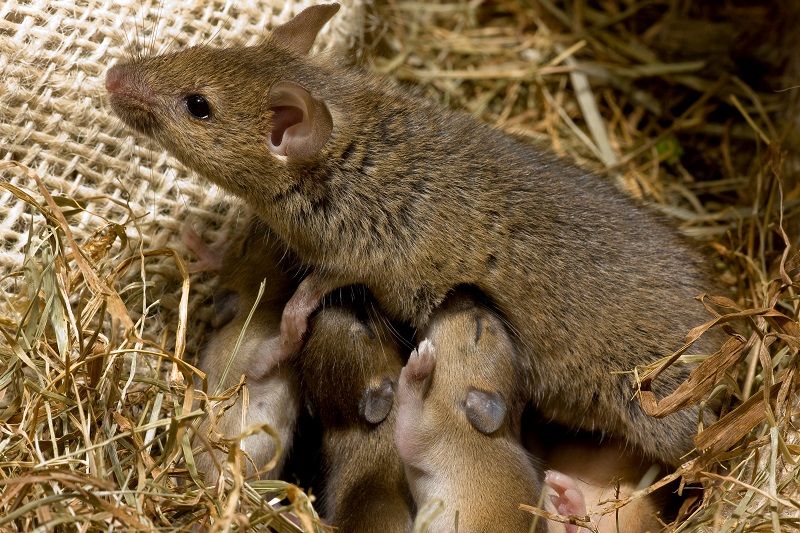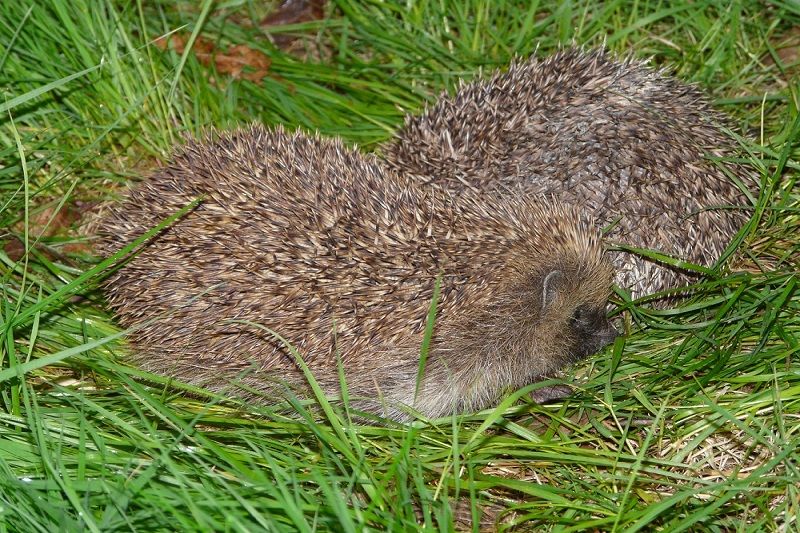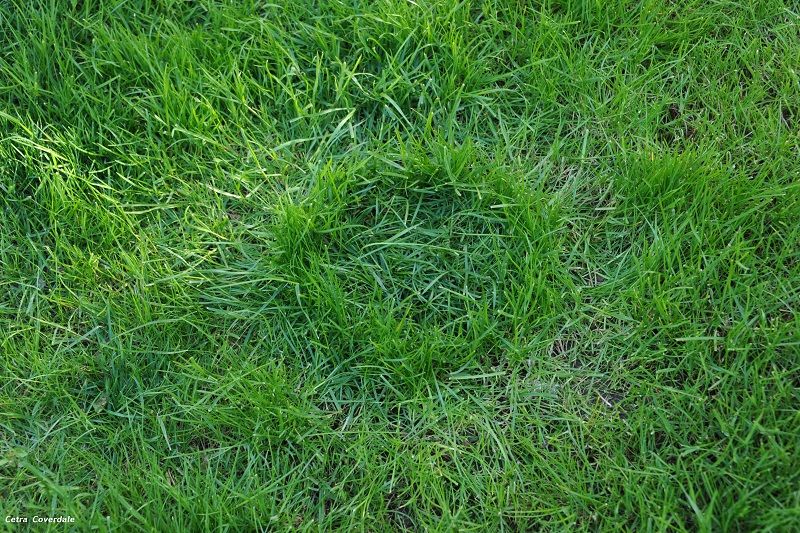It’s that time of year again when spring is upon us. The birds are singing in the trees, the bees are buzzing in the meadows and all around us there are many species of mammal that are performing courtship displays, some of which are very intricate and surprising. I’m sure we’ve all seen squirrels chasing each other in the trees or heard foxes’ mating calls at night, but did you know that mice sing to each other to try and secure a mate and hedgehogs will snort and dance around each other when they are feeling amorous?
The song of the house mouse
The house mouse is an animal that I’m sure we’re all familiar with. They have been branded with an unfortunate reputation as a pest and much of this has come from their ability to mate very quickly and increase their numbers greatly in a short space of time. The house mouse has litters of four to eight pups around five to ten times a year and the average mouse produces forty offspring in its short lifetime. Although mice are not commonly found in houses any more, they can still live in outbuildings. If kept warm enough, mice can mate all year round, although they will often increase their activity in the warmer months.

One of the lesser known facts about mice is that they sing to each other to attract mates. These songs are too high pitched for humans to be able to hear and are known as ultrasonic vocalisations (USVs). Male mice will vocalise in response to smelling the urine of a female mouse on heat and upon hearing this, the females will sometimes duet with them. As with many mammals, courtship in mice involves a chase and when the females sing, they slow down and allow the males to catch them up, indicating that it is the right time for them to mate.
The vocalisations aren’t random notes, but can be very complex and the more complex they are, the more likely they are to attract a mate. Singing a complex song takes a great deal of effort and it is thought that this increases the likelihood of the fitter mice breeding. The songs can tell the listener a lot about the singer’s identity, such as the species of the mouse (other species of mouse also use USVs) and also how related the singer is to the listener. It has been shown that females prefer the songs of individuals that are less related to them, but it is not known if the vocaliser is completely recognisable from their USV or not, just as we can recognise different people by their voice.
The hedgehog dance
Another common urban mammal with a surprising courtship ritual is the humble hedgehog. These solitary animals hibernate over winter and emerge from their nests in the spring. Courtship normally occurs between April and September, with a peak in May and June.
Males, or boars, are non-territorial and can roam about 1-2km a night. During the mating season, when a boar encounters a female sow he wants to mate with he approaches and judges the sow’s reaction. The sow usually rejects the advances of the boar and will make loud snuffling and snorting noises, and sometimes try to headbutt him, warding him off. The two then circle around each other, with the boar trying to get behind the sow while she attempts to prevent this. This can continue for over an hour, with some displays lasting well over two hours.
The aim of the courtship dance is thought to be to test the male’s endurance and physical ability and increase the likelihood of passing on the fittest genes for future generations. The noise of all the snorting, and possibly the smell of a receptive female, can attract other males to the area. Although sexually mature in their first year, when an older boar approaches, he usually chases a younger, more submissive, male away. Courtship displays have been seen commonly, but mating is very rare in comparison. It seems that the sows are very resistant to the advances of the boars and much persuasion is needed to achieve a successful mating.
As the days get longer and the evenings get warmer keep an ear out for strange noises coming from your gardens. You may be lucky enough to hear the snorting and snuffling sounds outside your bedroom window at night. Don’t be alarmed though – it will just be the sounds of hedgehogs full of the joys of spring.
Written by Paul Saunders: veterinarian and wildlife photographer.


